Discrimination against minorities has always been a prevalent issue in history. The blatant racism that minorities face daily is unacceptable and concerning, and the widespread acceptance of this behavior is immature. And while there has been deserving support for causes like Black Lives Matter and the public denunciation of Israel’s oppression in the current genocide of Palestinians, the underlying discrimination against Asians has not been significantly recognized.
To see the correlation between the lack of representation and the normalization of Asian discrimination, it is significant to understand the history of the initial causes. For instance, the portrayal of Asians in media has always been a factor that has encouraged and standardized exaggerated stereotypes.
Writer Nicole Park, of the Center for Scholars and Storytelling, recognizes that “despite attempts at diversity in Hollywood movies and TV, Asian characters have often been portrayed as weak, nerdy, exotic, incompetent, powerless, and are seldom in the spotlight as leads.” These harmful assumptions continue to shape the perspectives non-Asians have on the Asian community.
For decades, many Asian Americans have been plagued by the “model minority” myth, which is the characterization of “Asian Americans into a singular, narrow narrative” according to NPR. Descriptors of Asian Americans as a model minority include terms like “nice,” “smart” and “hard working.” While these stereotypes make seemingly positive assumptions about Asian Americans, it’s a practice still deeply embedded in traditional forms of racism, and this racist perception not only assumes personalities but undermines other minority groups and their struggles with oppression.
Recently, more movies are made to represent relatable Asian characters and narratives. In November 2023, Variety published the findings of a study that noted that “common tropes that have been historically relegated to Asian characters — such as ‘perpetual foreigner’ and ‘tragic hero’ — are less [prevalent] in recent content.”
Nevertheless, despite the progress made, this normalization perpetuates a falsified view, misconstruing the authentic representation of Asians as well as impacting the mental health of minority youth. A PBS News article emphasizes, “For some young students, portrayals of minorities in the media not only affect how others see them, but it affects how they see themselves.”
Additionally, Variety’s study notes, “90% of the ‘most visible’ Asian characters on streaming platforms were of light or medium complexion.” This exemplifies that progress still needs to be made, including the lack of diversity shown in the Asian community.
Traditionally, many Eastern Asians discriminate against Southern Asians due to several factors, such as colorism as well as cultural and socioeconomic differences. This emphasizes the disconnect that many in the Asian community have from their culture due to inadequate representation. In some instances, this absence of representation allows for society’s acceptance of this racism and even contributes to internalized discrimination.
The underlying issue of colorism has historically been the cause of prejudice against minorities due to the color of their skin. Pale skin is the unfortunate standard in Asia and Western countries due to the belief that pale skin is superior and more beautiful than darker skin tones. Therefore, East Asians are almost entirely seen as the epitome of Asia due to their skin tone, disregarding Southern countries and their notable cultures. Consequently, Asians are misrepresented or poorly represented due to the inattention to these cultures, making individuals create generalized stereotypes.
Further, failing to voice opposition to discrimination and prejudice has generationally contributed to the normalization of discrimination in society. While this circumstance may originate internally, external factors often contribute to and exacerbate the issue.
NBC News has reported that “Asian Americans may feel pressure to… ignore the problem to avoid burdening other family members, given what they had to endure to make it in the U.S.” The undertones of racist jokes and comments have been constructively ingrained in historical narratives that recent generations perceive as normal.
Although growing up I was taught to be proud of my heritage and image as an Asian-American, I was isolated as the only Asian girl in my community, so I conformed myself to fit in with my white classmates. I instigated and played along with my peers: mocking accents, pulling back their eyes and overdramatizing foods for comedy and the desire to feel accepted and normal.
As I have matured, being among only a few other Asian peers in my graduating class, I have recognized the urgent necessity for genuine representation due to its profound impact and its capability to alter an individual’s perception of their self-image.
“This discrimination comes from people forming stereotypes based on the past and the fact that most people are close-minded and reluctant to learn about different cultures, positively,” said sophomore Misha Arisha, a native of Bangladesh. “As a result, they tend to view unfamiliar aspects negatively instead of seeking knowledge and understanding.”
Additionally, she stated that more opportunities to explore and learn about others’ cultures and religions without following stereotypes is necessary.
“Cultures and religions have evolved so much over decades, people should base their perceptions on the present and learn more about present-day customs instead of resorting to stereotypes,” she said.
Although changing an individual’s mindset and affecting societal changes proves to be formidable, collective action to advocate for proper representation and challenge outdated stereotypes can catalyze a significant change over time.
The movement “Stop AAPI Hate,” which followed the COVID-19 pandemic as a result of the emerging hate crimes and violence against Asian Americans, demonstrates this notion. Its establishment aimed to end race-based discrimination and inspire hope.
Stop AAPI Hate’s research indicates that “more than 11,000 acts of hate against Asian Americans and Pacific Islanders have been reported… since March 2020 and the start of the COVID-19 pandemic.” Movements and personal stories have made prejudice in society become acknowledged, sparking resistance and protests revolving around the issue.
To support change, donate to causes aimed at denouncing Asian discrimination like: Stop AAPI Hate, the Asian American Federation and the Asian Americans Advancing Justice. Even though substantial advancements have been made, it is paramount to speak up against any form of discrimination, regardless of its impact, directed towards any minority group.

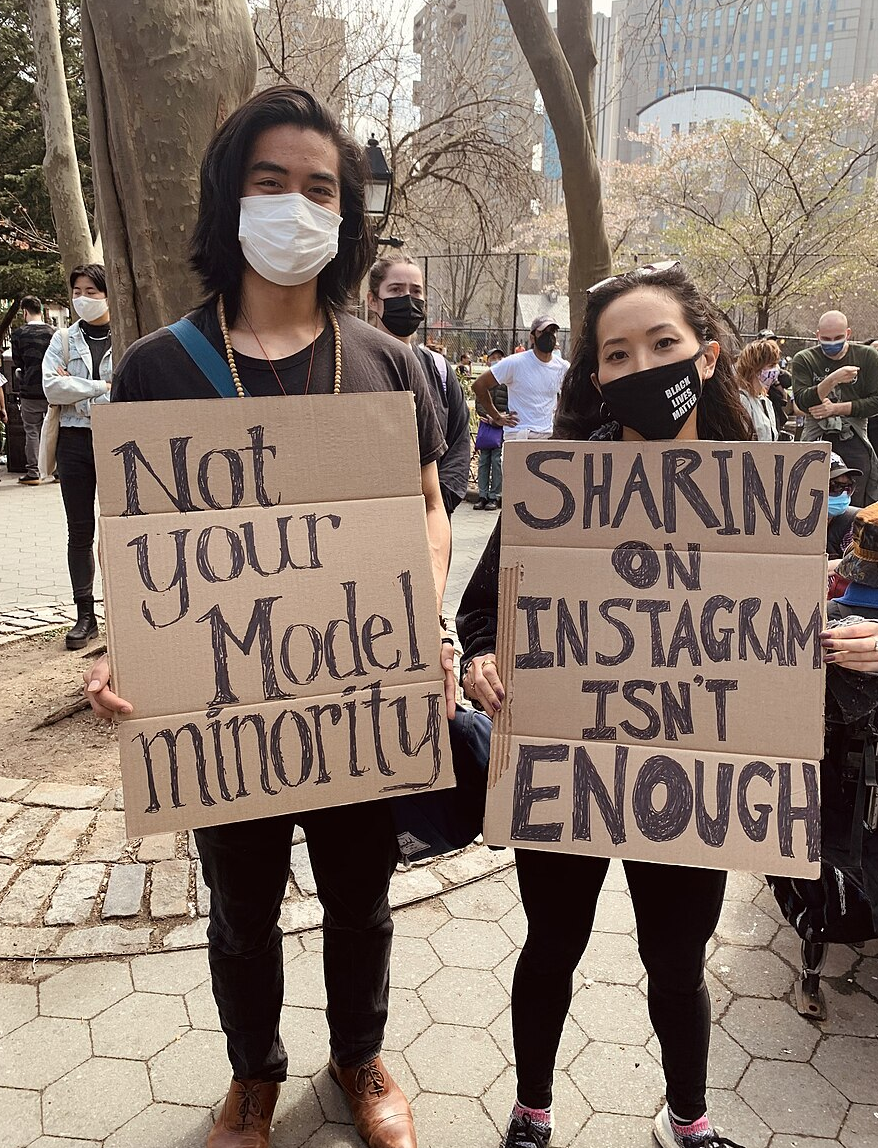

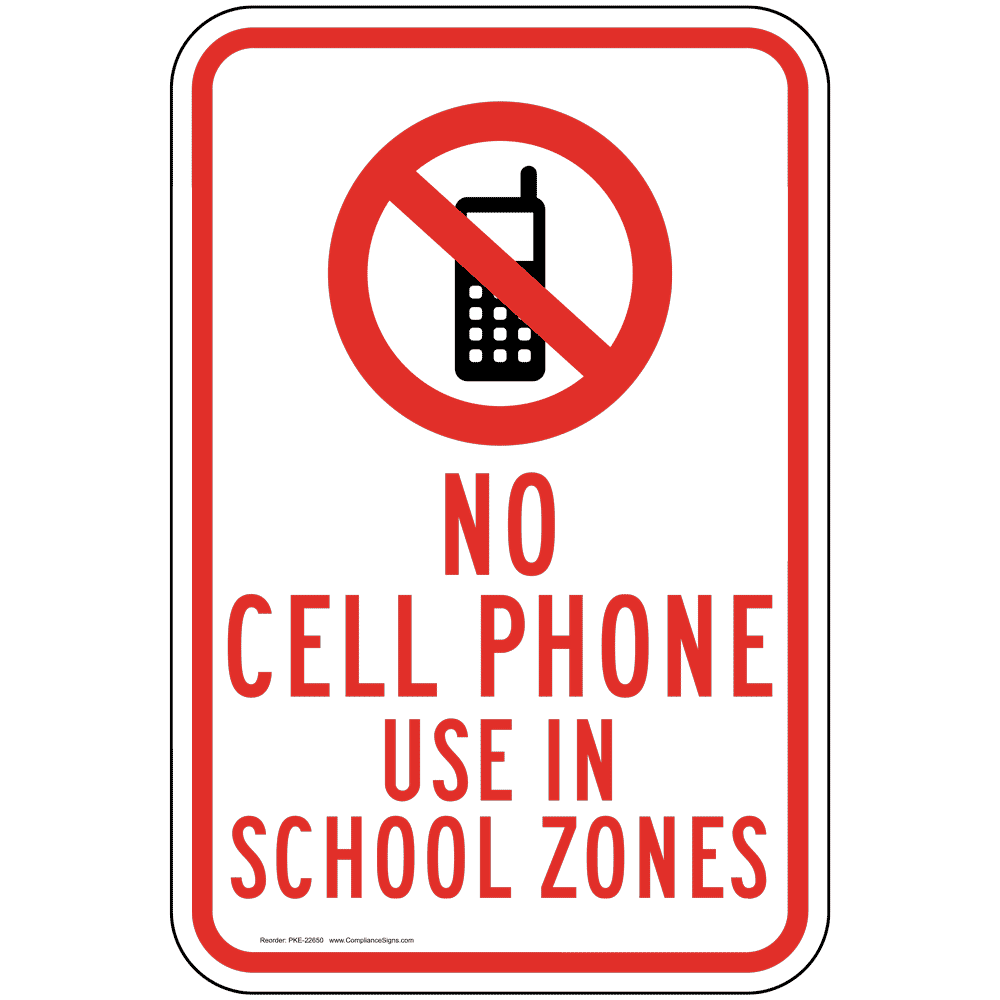
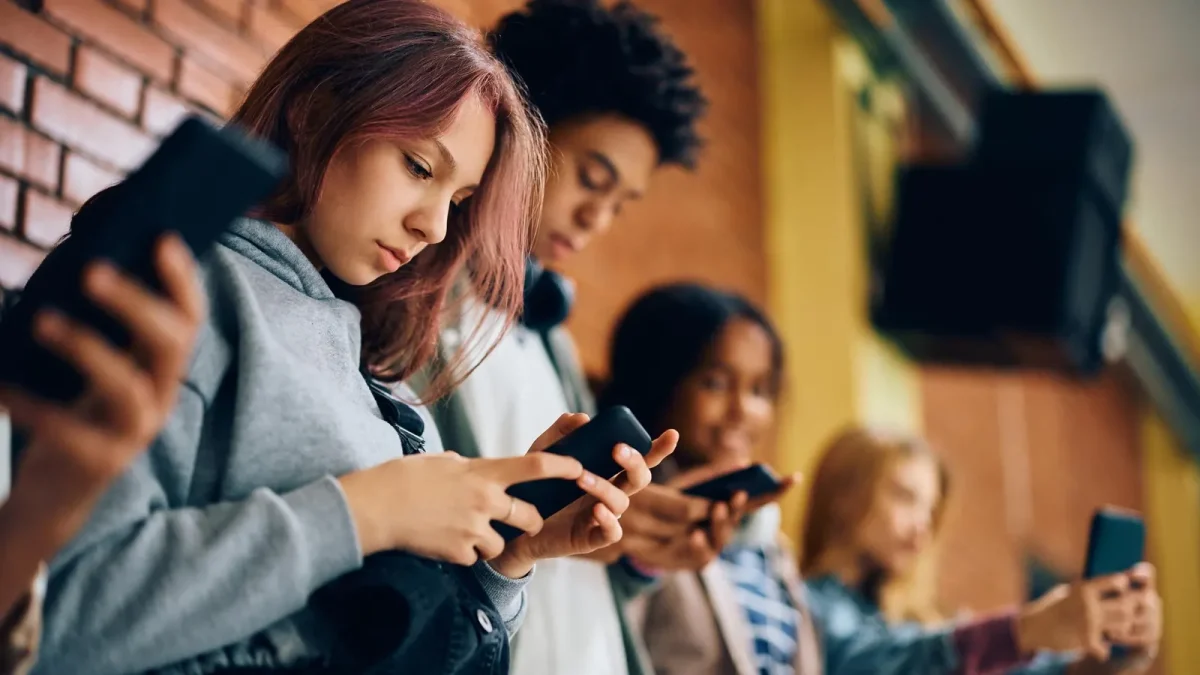




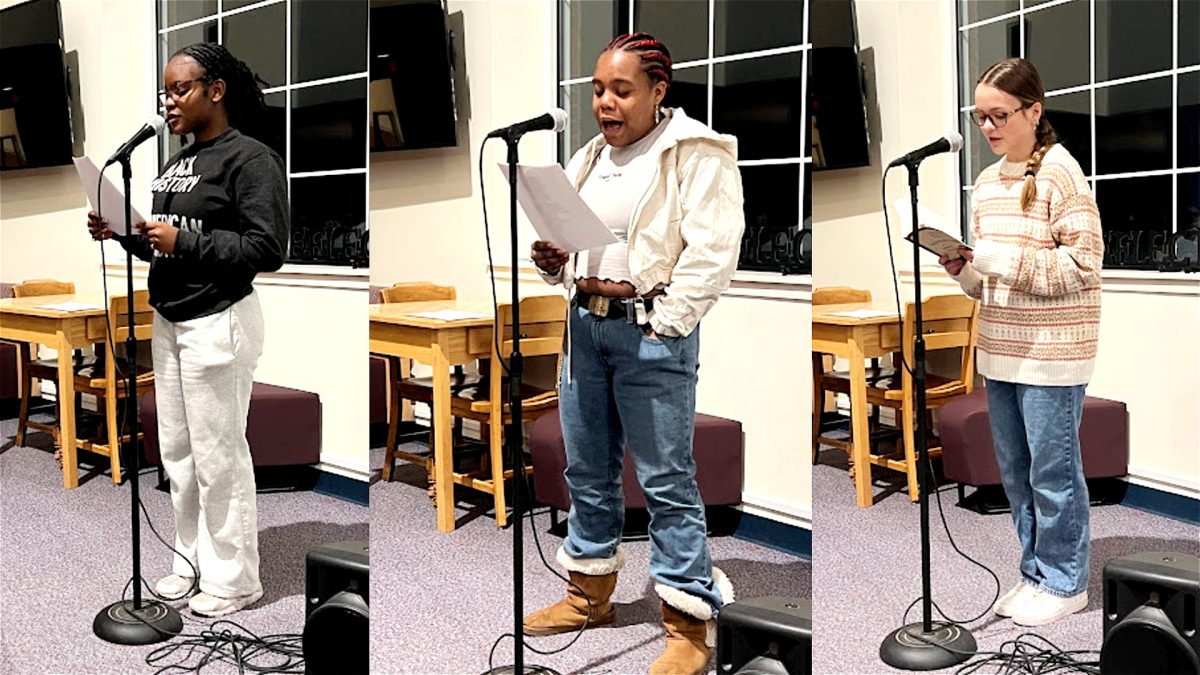
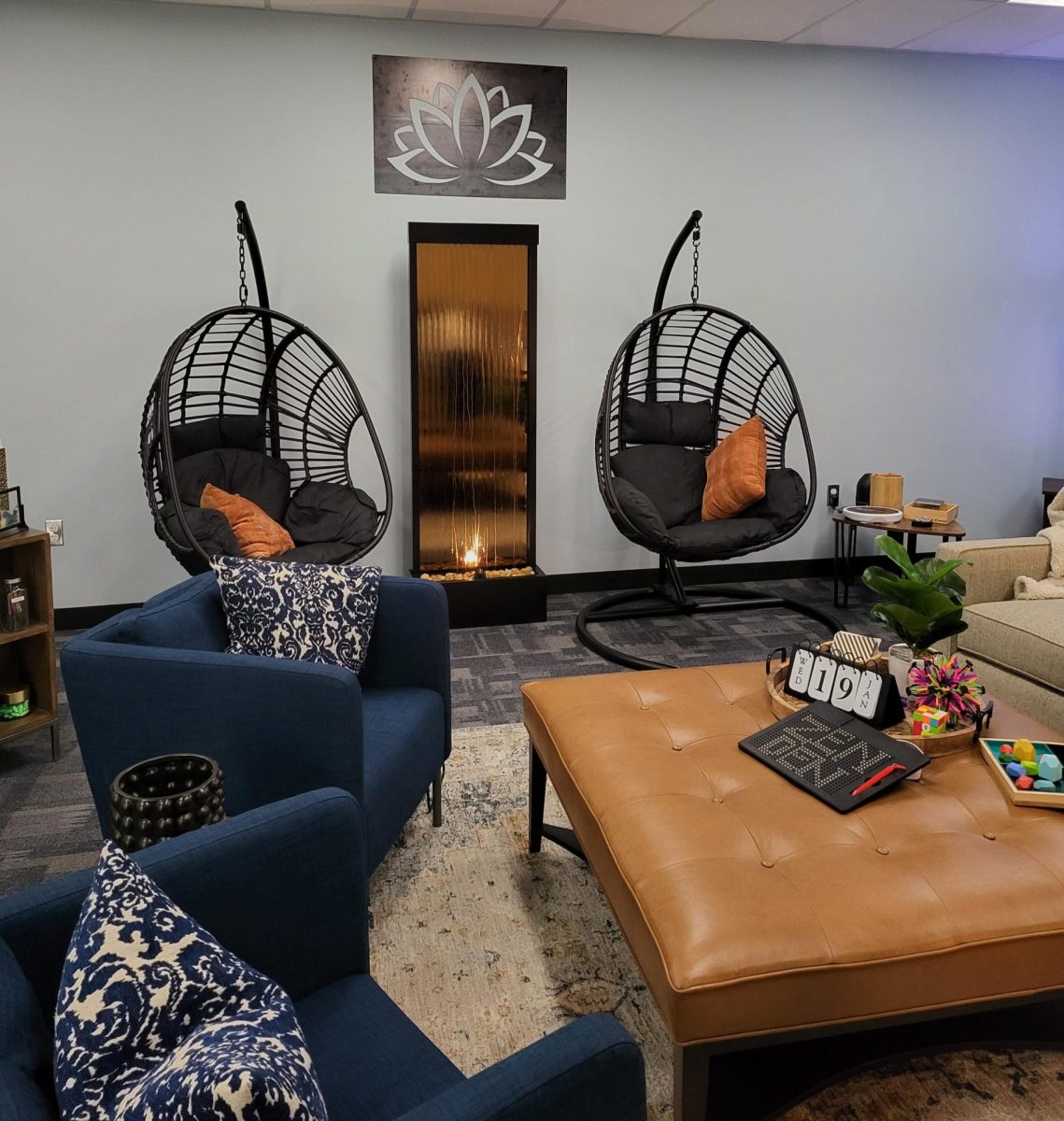



Finn • Apr 18, 2024 at 7:57 pm
This article has many good points about Asian hate and the rise of it. It also is a really informative and eye opening piece. I find it very unfortunate that such hate still arises in our society.
Gabby • Apr 11, 2024 at 2:18 pm
this was so informative and really helped me understand the problem with asian hate.
Shiko • Apr 10, 2024 at 1:04 pm
This is impeccable. I was moved and your writing is exceptional, good job, Bennett.